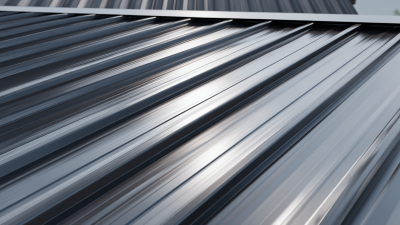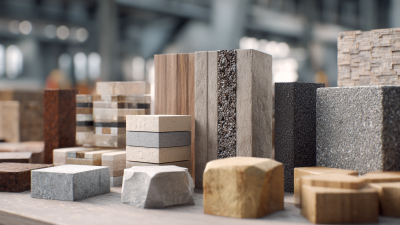Innovative Composite Wall Cladding Solutions at the 2025 China Import and Export Fair
The 2025 China Import and Export Fair, also known as the 138th Canton Fair, promises to showcase cutting-edge innovations in various industries, including the rapidly growing segment of composite wall cladding. According to a recent market report by Allied Market Research, the global composite wall cladding market is expected to reach USD 21.6 billion by 2027, growing at a CAGR of 6.3% from 2020 to 2027. This growth is propelled by the increasing demand for lightweight, durable, and aesthetically pleasing building materials amidst rising urbanization and environmental sustainability concerns. As architects and builders seek to combine functionality with innovative design, composite wall cladding emerges as a preferred solution, promoting energy efficiency while offering diverse aesthetic options. The upcoming fair will provide a platform for industry leaders to introduce their latest products, technologies, and insights into market trends, further establishing composite wall cladding as a pivotal element in modern construction.
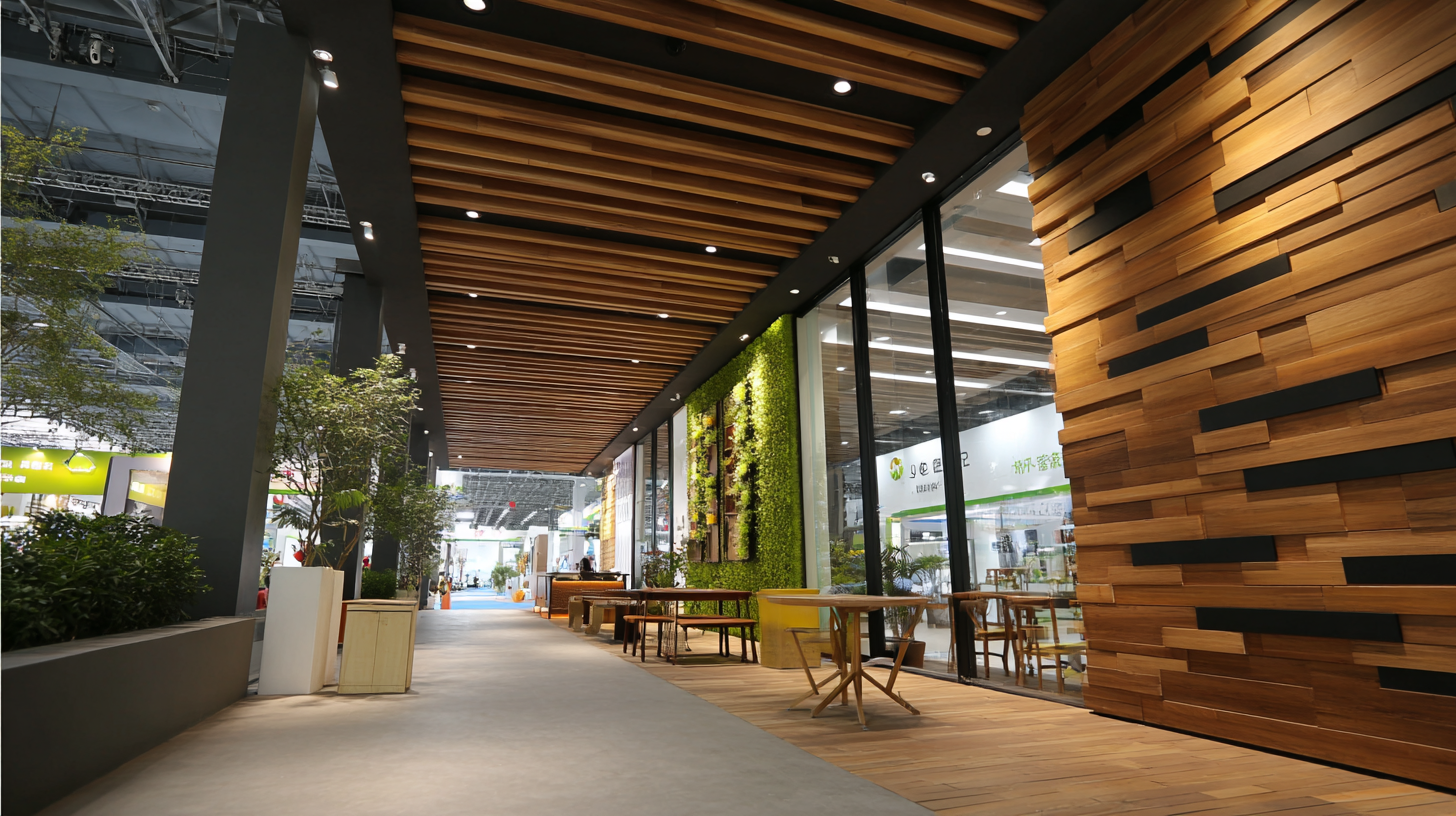
Innovative Features of Composite Wall Cladding for Modern Architecture
The upcoming 2025 China Import and Export Fair will spotlight innovative composite wall cladding solutions that are reshaping modern architecture. These innovative materials offer a perfect blend of aesthetics and functionality, positioning themselves as game-changers in building design. According to a recent report by MarketsandMarkets, the global market for composite wall cladding materials is expected to grow at a CAGR of 6.5% from 2021 to 2026, driven by the demand for sustainable and energy-efficient building solutions.
One of the key features of composite wall cladding is its remarkable durability and low maintenance requirements. These materials are designed to withstand harsh weather conditions, significantly reducing the need for frequent repairs or replacements. Additionally, composite cladding can enhance energy efficiency by providing better insulation than traditional materials, potentially lowering heating and cooling costs by up to 30%, as noted in a study by the International Energy Agency. This sustainability aspect aligns with the growing global emphasis on green building practices, making composite wall cladding an increasingly popular choice among architects and builders aiming for LEED certification.
Sustainability and Environmental Benefits of Composite Wall Cladding
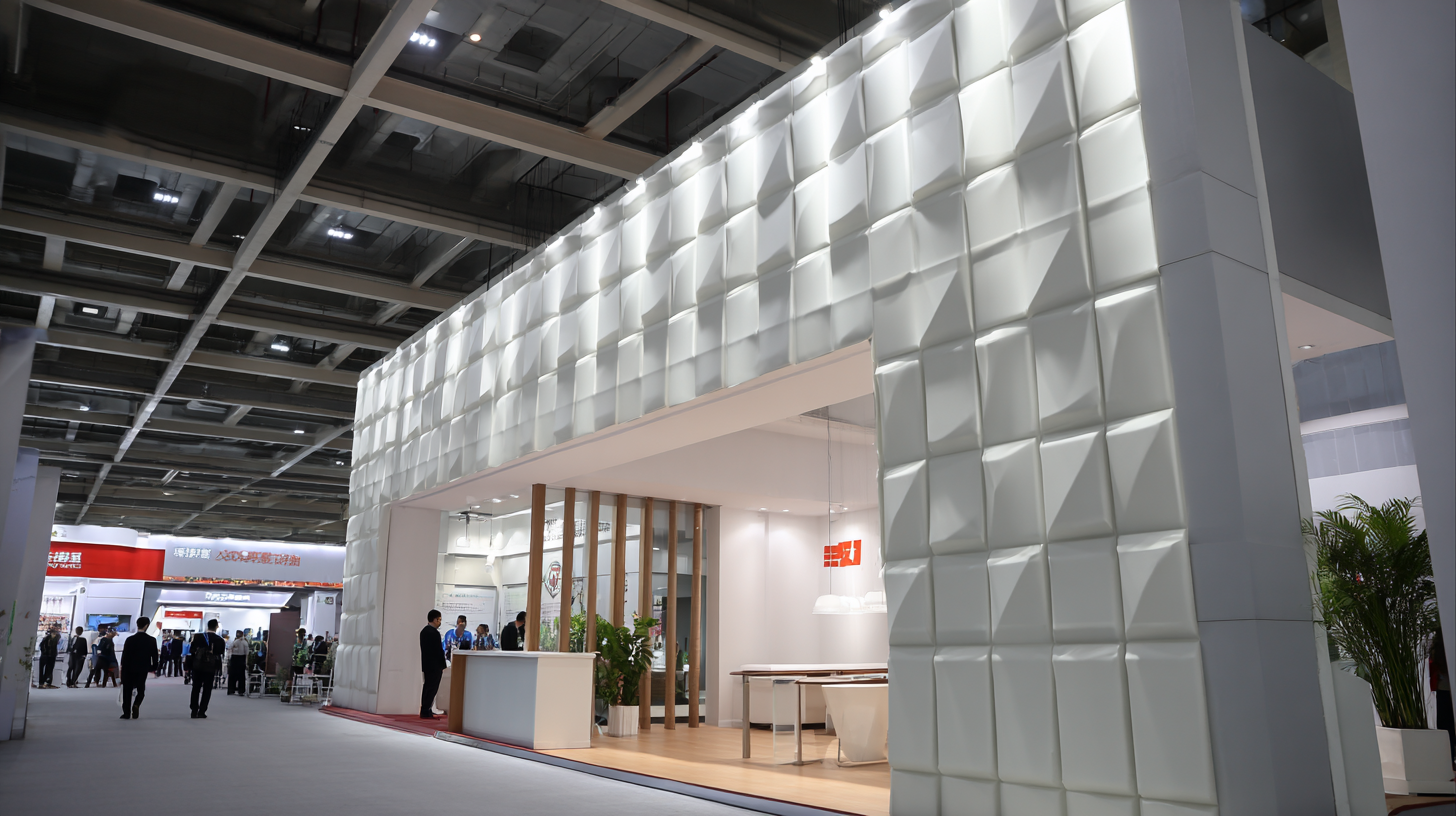 Composite wall cladding has emerged as a leading solution in the construction industry, especially highlighted at the 2025 China Import and Export Fair. The sustainability features of composite materials are particularly noteworthy, as they offer a more environmentally friendly alternative to traditional cladding options. Made from a combination of recycled materials, composite wall cladding reduces waste and decreases the need for virgin resources, contributing to a circular economy. This not only minimizes environmental impact but also lessens the carbon footprint associated with building projects.
Composite wall cladding has emerged as a leading solution in the construction industry, especially highlighted at the 2025 China Import and Export Fair. The sustainability features of composite materials are particularly noteworthy, as they offer a more environmentally friendly alternative to traditional cladding options. Made from a combination of recycled materials, composite wall cladding reduces waste and decreases the need for virgin resources, contributing to a circular economy. This not only minimizes environmental impact but also lessens the carbon footprint associated with building projects.
Additionally, composite wall cladding provides significant energy efficiency benefits. These materials often have superior insulation properties, helping to maintain comfortable indoor temperatures and reducing reliance on heating and cooling systems. By improving energy efficiency, buildings equipped with composite cladding can achieve lower energy costs and decreased greenhouse gas emissions. The use of such innovative materials at the fair showcases a commitment to sustainable practices within the construction industry, inspiring future developments in building technologies that prioritize both performance and environmental stewardship.
Key Trends in Composite Materials Showcased at the 2025 Fair
At the 2025 China Import and Export Fair, the focus on composite materials reflects a pivotal shift in building and design trends. The use of composite wall cladding is increasingly recognized for its durability and aesthetic appeal, with emerging materials offering a blend of functionality and style. Industry experts highlight that these innovative solutions not only enhance the visual appeal of structures but also contribute to energy efficiency and sustainable building practices.
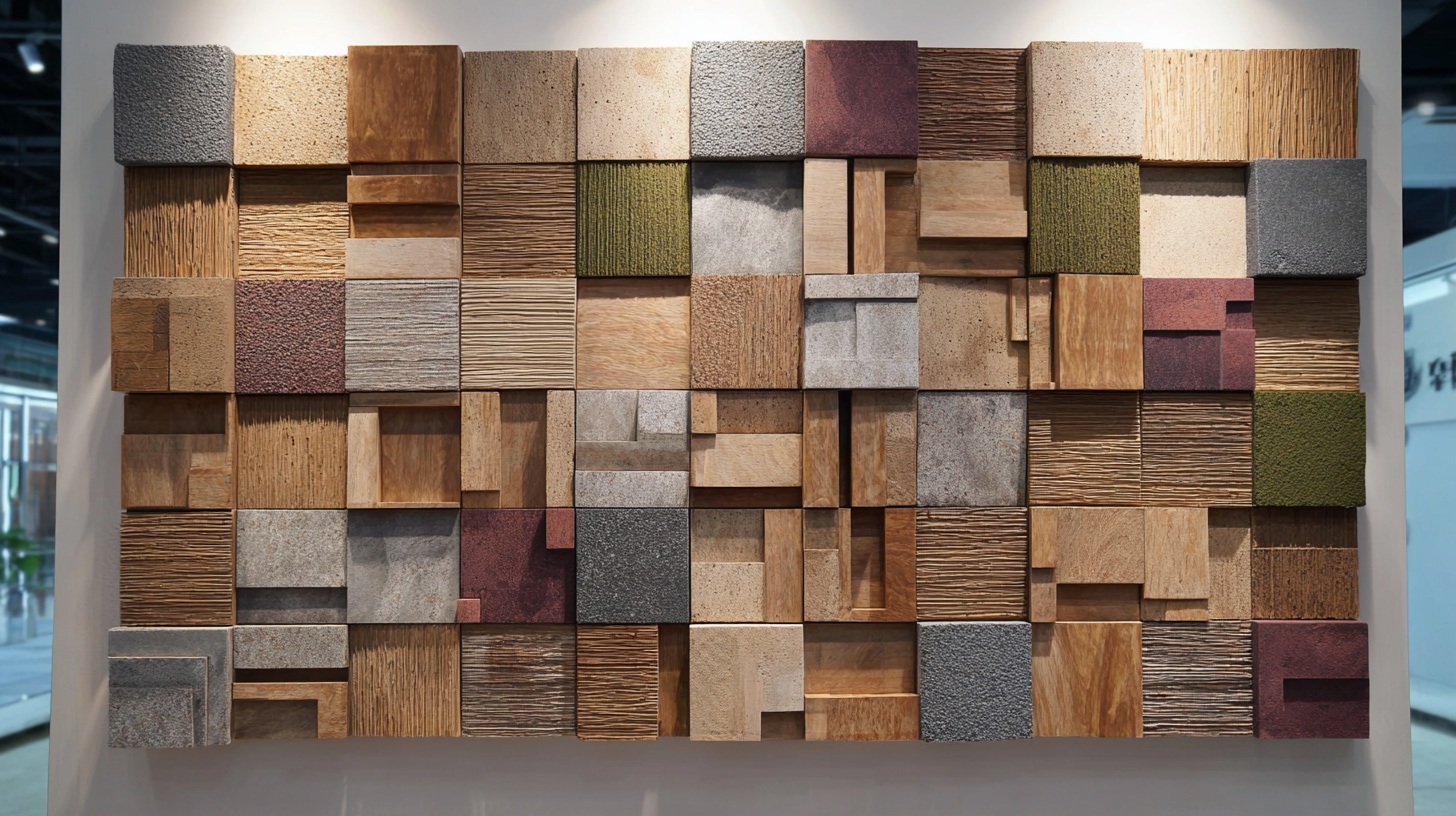
Recent data indicates that the demand for lightweight, high-performance composite materials is set to grow, driven by their application in both commercial and residential projects. Unlike traditional materials, composites often showcase superior resistance to weather conditions and lower maintenance requirements, making them ideal for modern architectural endeavors. Furthermore, the integration of biopolymers and plant-based fibers is revolutionizing the industry, facilitating environmentally conscious building methods.
Tips: When selecting composite wall cladding, consider opting for materials that feature natural textures and warm tones, which are increasingly popular in contemporary designs. Additionally, ensure that the chosen material meets high standards for durability and maintenance, aligning with the industry's shift towards sustainable solutions. Exploring these innovative options at the fair can provide valuable insights into the cutting-edge of composite material trends.
Market Opportunities for Composite Wall Cladding Manufacturers in China
The 2025 China Import and Export Fair presents a significant opportunity for composite wall cladding manufacturers looking to tap into the burgeoning market. With the global building acoustic panels market projected to grow from $8.26 billion in 2024 to $12.26 billion by 2032, a compound annual growth rate (CAGR) of 5.0% indicates a robust demand for innovative materials that enhance both aesthetics and functionality.
In addition to acoustic panels, the overall building integrated market exhibits compelling growth. For instance, the aluminum composite panels market is anticipated to rise from $533 million in 2018 to an estimated $871 million by 2026, reflecting a CAGR of 6.1%. Such trends underscore the increasing preference among builders and developers for composite materials that combine durability with energy efficiency. The potential for profit and market penetration at major international events like the China Import and Export Fair cannot be overstated, as manufacturers seek to introduce their advanced wall cladding solutions to a receptive audience in one of the world's largest construction markets.
Networking and Collaboration at the 2025 China Import and Export Fair
The 2025 China Import and Export Fair presents an exceptional platform for networking and collaboration, particularly in the realm of innovative composite wall cladding solutions. Industry leaders, manufacturers, and designers will convene to share insights and explore synergies. The diverse participation from global stakeholders fosters an environment ripe for forging partnerships that transcend geographic barriers, paving the way for groundbreaking advancements in construction materials.
In addition to showcasing cutting-edge products, the fair will host workshops and interactive sessions aimed at strengthening collaborative efforts. Attendees will have the opportunity to engage in discussions on sustainable practices, design trends, and the future landscape of wall cladding. By fostering meaningful conversations, the event not only enhances individual business prospects but also drives the industry forward. This spirit of collaboration is essential for addressing the evolving challenges in construction and meeting the demands of a rapidly changing market.
